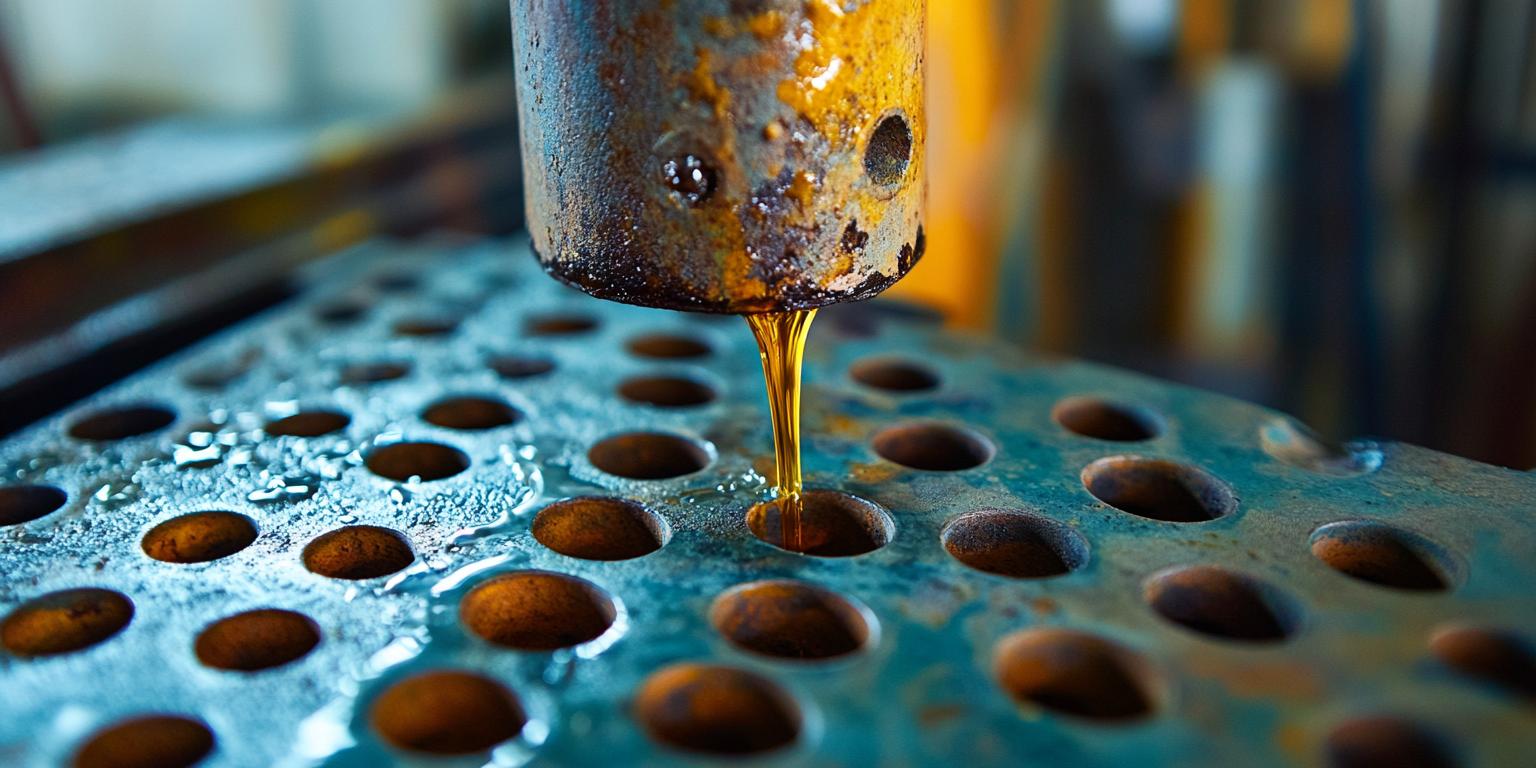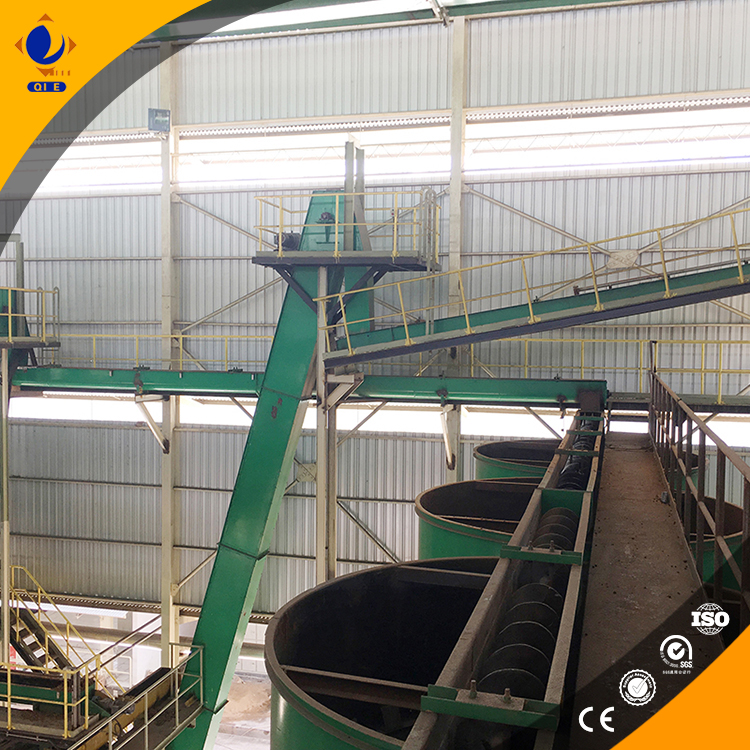
For global exporters in the edible oil market, ensuring stable high yield while optimizing production cost is crucial. The solvent extraction method, particularly using hexane, remains a cornerstone technology in industrial sunflower seed oil production. This approach maximizes oil recovery beyond what cold pressing can achieve, and when paired with well-engineered extraction equipment, it delivers both efficiency and cost advantages that directly impact competitiveness.
Hexane acts as an organic solvent, selectively dissolving the oil content from finely milled sunflower seeds. The extraction process comprises immersing ground seeds in hexane, which dissolves the oil into the solvent, followed by distillation and desolventizing stages where hexane is recovered and removed from the crude oil. Precision equipment design—such as percolation washers, extractor baskets, and desolventizers—is critical to maximize the oil-to-solvent contact and ensure minimal solvent residue.

Two major factors influencing extraction efficiency are the oil content of raw sunflower seeds and particle size after milling. Typical oil content ranges between 40% to 50% by weight. Research data shows that reducing particle size to about 0.5 to 1 mm significantly increases extraction surface area, resulting in oil recovery rates exceeding 98%. However, excessively fine grinding increases energy demand and may cause oil emulsification, complicating downstream refining.
| Particle Size (mm) | Oil Recovery Rate (%) | Energy Consumption (kWh/ton) |
|---|---|---|
| >1.5 | 92-94% | ~45 |
| 0.5 - 1.5 | 97-98.5% | ~55 |
| <0.5 | 98.5-99% | ~70 |
One leading grain and oil processing corporation in Eastern Europe implemented advanced hexane solvent extraction units customized for sunflower seed processing. By adopting proprietary extractor basket designs and optimized desolventizing parameters, this facility reported a 12% reduction in overall energy consumption per ton of sunflower seeds processed, alongside a 20% decrease in manual labor due to semi-automated equipment controls.
Consequently, the plant achieved an average oil yield increase from 46.2% to 48.1% on dry basis, translating to significantly higher throughput and improved profit margins. Additionally, robust control systems ensured solvent recovery above 99%, aligning fully with environmental regulations and workplace safety standards.

Handling hexane solvent requires stringent safety protocols because of its flammable nature and volatile organic compound (VOC) emissions. Equipment must be designed with explosion-proof motors, leak-proof seals, and continuous solvent vapor monitoring. Additionally, modern systems include integrated solvent recovery units that reduce hexane loss below 0.2%, minimizing environmental impact and operational cost.
Companies actively campaign for compliance with international standards such as ISO 14001 (Environmental Management) and OSHA (Occupational Safety & Health Administration) guidelines, ensuring workforce safety and sustainable manufacturing practices.

Designed with precision engineering and decades of industry expertise, our solvent extraction equipment delivers:
Adopt technology that not only improves your production metrics but also strengthens your competitive stance in export markets worldwide.

